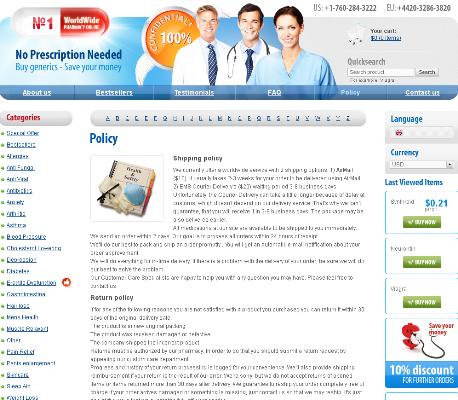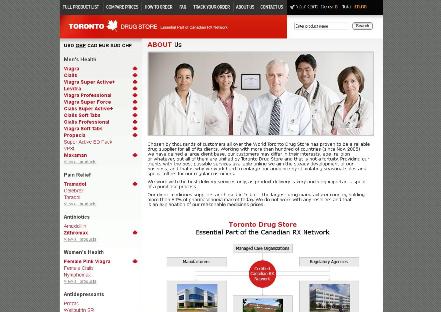Clindamycin for Dental Infections: Benefits and Risks
How Clindamycin Works Against Dental Infections
Imagine a microscopic battle unfolding in your mouth. When bacteria invade the pulp or tissues around a tooth, they trigger painful swelling and pus. Clindamycin steps in as a specialized antibiotic, targeting the very process bacteria need to survive—protein synthesis. Unlike some antibiotics that simply slow down bacterial growth, clindamycin can kill many types of oral bacteria outright. This rapid and focused action is especially important when dental infections threaten to spread or when first-line treatments aren’t suitable.
Clindamycin is particularly valued for its ability to reach deep into hard-to-access areas, such as bone or abscessed tissue. As a member of the lincosamide antibiotic family, it efficiently penetrates infected sites, helping curb bacterial populations and supporting the body’s healing process.
| Action | Benefit |
|---|---|
| Blocks protein synthesis in bacteria | Stops infection from spreading |
| Reaches deep tissue and bone | Treats severe or persistent infections |
Common Dental Problems Treated with Clindamycin

Imagine waking up with a throbbing toothache or swollen jaw; these are classic signs of a bacterial dental infection. Clindamycin is often prescribed when first-line antibiotics such as penicillin aren’t suitable, especially in cases of abscesses or serious gum infections. Its ability to penetrate bone tissue makes it particularly useful for complicated dental infections that may not respond well to other medications.
In cases of severe periodontitis or infections following dental procedures, clindamycin provides a powerful defense against stubborn bacteria. Its effectiveness in targeting a wide range of oral pathogens allows dentists to treat conditions aggressively while preventing the spread of infection to surrounding tissues.
When Dentists Choose Clindamycin over Other Antibiotics
Imagine a patient sitting nervously in the dental chair, explaining a history of penicillin allergies. In such cases, clindamycin often becomes the antibiotic of choice due to its effectiveness against bacteria common in dental infections, especially when standard medications like penicillin or amoxicillin are not suitable. Dentists analyze a patient’s medical background and the specific bacteria responsible for the infection before prescribing clindamycin.
This medication is particularly valuable for severe infections that have spread beyond a single tooth or when abscesses threaten surrounding tissues. Clindamycin’s ability to penetrate bone and soft tissue makes it reliable for situations where deep infections are present and prompt, potent action is needed.
By carefully weighing factors such as allergies, previous antibiotic use, and infection severity, dentists select clindamycin to offer effective treatment while minimizing risks for their patients.
Potential Side Effects and Important Warnings

Despite its usefulness in treating dental infections, clindamycin isn’t without risks. Some people may experience gastrointestinal issues like diarrhea, nausea, or abdominal pain, which can range from mild to severe. Rarely, it can trigger a more serious condition known as Clostridioides difficile-associated diarrhea—requiring immediate medical attention.
Individuals allergic to antibiotics should be extra cautious, since clindamycin can cause allergic reactions, including rashes or swelling. It’s essential to communicate any prior allergies or medical conditions to your dentist for safe prescribing.
Additionally, those taking clindamycin should never skip or double doses, as this increases the risk of side effects and hampers the medication’s effectiveness. Be attentive to new symptoms and consult your healthcare provider if issues arise during your course of treatment.
Tips for Safe and Effective Clindamycin Use
Taking clindamycin as prescribed can make a real difference in your recovery from dental infections. Stick to your dosing schedule, even if symptoms improve early, to prevent bacterial regrowth. Avoid skipping doses, as that increases the risk of resistance. With or without food, consistency matters, so take each dose with a full glass of water. Be alert for signs of allergies, like rash or breathing difficulties, and contact your dentist promptly if they occur. If you experience severe diarrhea, inform your healthcare provider—this may signal a rare but serious side effect. Store clindamycin at room temperature, away from heat and moisture, for best results.
| Tip | Why It Matters |
|---|---|
| Take as directed | Reduces infection and lowers resistance risk |
| Watch for side effects | Enables early intervention if problems develop |
Clindamycin Resistance: Should You Be Concerned?
Antibiotic resistance is not just a distant threat; it’s a growing concern that impacts dental treatments today. When bacteria become resistant to clindamycin, this valuable medication loses its effectiveness against infections that once responded well. This can complicate dental care, as your dentist has fewer options to manage severe tooth or gum infections.
What causes this resistance? It often results from overuse or improper use of antibiotics, for example, stopping the medication too soon or using leftover prescriptions. Such practices allow bacteria to survive and adapt, eventually rendering clindamycin less effective for everyone—not just those who misused it.
The dental community is aware of these risks and carefully weighs the benefits of prescribing clindamycin. Dentists typically save it for cases where other antibiotics might not work or when patients have allergies to common options like penicillin.
Patients also play a crucial role in fighting resistance. Taking antibiotics exactly as prescribed, never sharing medications, and following through the entire course help preserve clindamycin’s usefulness. Together, these efforts can slow the spread of resistant infections and safeguard dental care for future needs.

